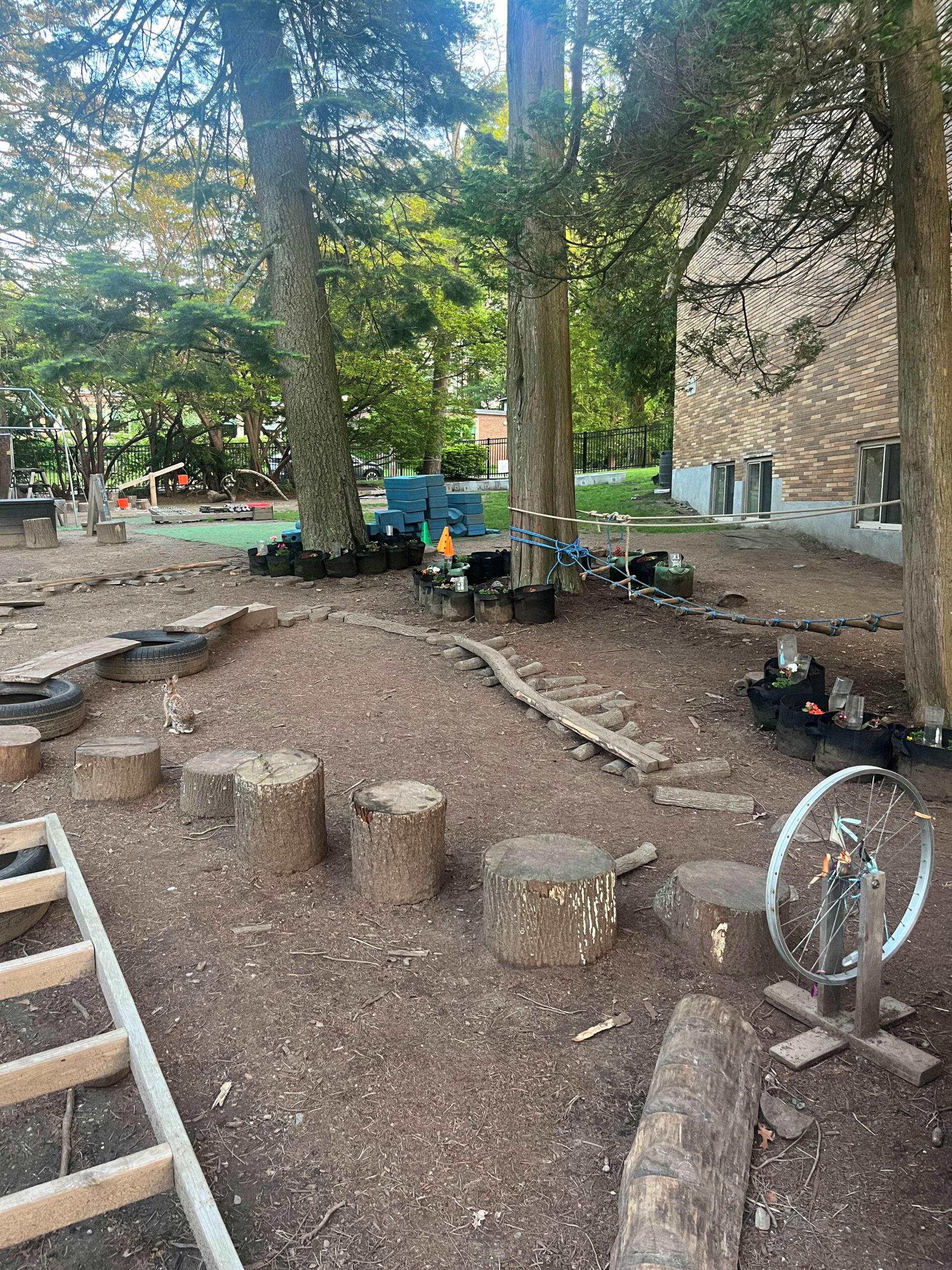
Let's start this post with a story. This tale dates back to 1960, when architect William Pereira was designing the University of California, Irvine (UCI) campus. In a groundbreaking move, he chose not to include pedestrian paths in his initial design. Instead, he focused on a functional and visually appealing layout of buildings and green spaces. Pereira envisioned students and faculty creating their own paths organically, based on their movement and preferences. His idea was to observe how people naturally navigated the campus and then establish pathways that truly catered to their needs. This was a pioneering experiment in user-centered design.
As the campus opened, informal paths, or 'desire lines,' began to form in the landscape due to foot traffic. These lines indicated the most preferred and convenient walking routes. Over time, these patterns guided the university's construction of formal pathways, sidewalks, and walkways. The outcome was a campus that felt intuitively navigable, with pathways seamlessly connecting different areas. This approach allowed the architecture to reflect the real needs and preferences of its community.
You might wonder how this story relates to us. A couple of months ago, Sasha Kopp Hass, ElevatEd’s Director of Education and Engagement, visited Temple Shalom and encouraged us to share this blog post with the ElevatEd community. During her visit, we discussed various topics, and Sasha became particularly enthused about the partnership we've developed at the Temple. This partnership involves two directors: Becca Yudkoff, heading the Families with Young Children program, and Lucy Banerji, directing the Temple Shalom Nursery School.
We hadn't realized until then how unique our collaboration was. Developed over seven years of close work, our connection mirrors Pereira's philosophy. We, hired in the same year, naturally formed a supportive network and embarked on a mission to reimagine work with young children and their families. Our collaboration, much like the 'foot traffic' shaping paths on a campus, has been organically molded by our professional and personal interactions, evolving into a dynamic and responsive partnership within our temple community. Both driven by the goal of fostering a relationship-centered community of children, families, and educators, we shared a vision for our tasks ahead:
Over the years, our initial warm, caring support for each other has evolved into a well-defined professional partnership, enhancing our effectiveness in serving our community. We have discovered innovative ways to share responsibilities. For instance, in addition to her work with families, Becca now manages the enrollment processes, forms, and billing. She is the first point of contact for all young families at the temple, guiding parents through the Nursery School enrollment and temple membership processes. This approach not only instills confidence in newcomers by demonstrating the integrated and unified nature of our programs for young families but also allows Becca to establish a personal connection with each family. Meanwhile, her strong administrative skills free up Lucy to focus on developing the school and coaching its educators. We employ a similar collaborative strategy in hiring, with Becca initiating the process and both of us making joint final decisions.
This supportive collaboration fosters an environment ripe for creative thinking, where ideas related to learning at the Nursery School and family engagement are discussed in a collegial dialogue free from hierarchical constraints. As a result of this thoughtful integration of our programs, the Nursery School has become more visible within the larger temple community, regularly welcoming all families with young children from the temple and the neighborhood. It's important to note that this collaborative model wasn't initially obvious. In the beginning, there was pressure from other community members to adopt a standard approach, including hiring an assistant director for the Nursery School. This suggestion, meant to save us time and effort, came at a time when we struggled with work-life balance – Becca juggling part-time work at the temple with raising three young children, and Lucy often working well beyond regular hours. Yet, we resisted rushing into conventional solutions that we instinctively felt wouldn't be as effective.
Our collaboration may not be suitable for every Jewish community, but this experience taught us the value of pausing and considering what's best for us and our community. We've learned to ask ourselves: "What benefits the community? What suits our professional and personal styles? What patterns and relationships are our 'foot traffic', and what paths that formed organically should we pave with more defined roles and job descriptions?"